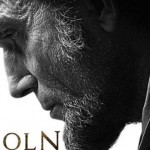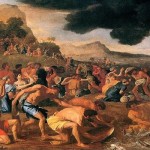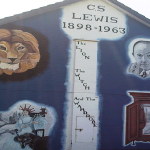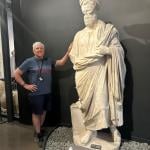For decades, accounts of secularization went something like this. As societies modernize, they become better off and thus less reliant on religion; they become smarter and thus less likely to believe in religion; and they become more differentiated, thus relegating religion to its own, circumscribed sphere of influence, far away from important things like politics and science. And this was all happened naturally – it would unfold inevitably and uniformly.
Empirical anomalies and theoretical reconsiderations beginning in the late 70s began to chip away at this monolithic vision of how secularization works, and The Secular Revolution, edited by Christian Smith, continues the process of deconstructing traditional secularization theory. While many of the chapters are largely forgettable, Smith’s introduction to the topic – casting secularization more as the result of a social movement than a naturally unfolding process – is well worth reading. Smith argues that it was contestation over institutional leadership and direction, over the narrative construction of modernity, that ultimately produced the secularizing forces we view as part of modernization. But it is also this argument – that actors contesting interests in institutional contexts shape the growth of secularization – that subsequently helps explain the counter-movements that have emerged and been so successful in the late 20th and early 21st century (quick examples being the Islamic Revolution in Iran and the rise of the Religious Right in the US).
The Secular Revolutionhelps highlight the non-inevitability of religious decline and refocuses attention on the role that agents have – be they institutions or individuals – in the rise and fall of religious salience in public life. Readers interested in the history of secularism should pick it up.













